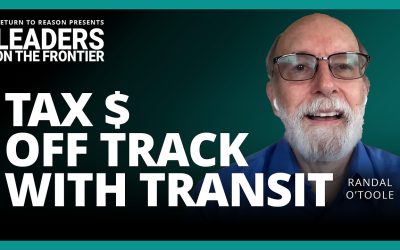
Executive Summary
• Recent media reports in Calgary, Saskatoon, Winnipeg and Halifax pointed to dissatisfaction with the taxi services in those cities.
• Regulated entry into the taxi market has kept taxi numbers lower than might be expected. If taxi numbers had grown in proportion to the rest of the workforce for the last 20 years, there would now be 2,495 taxis in Calgary instead of 1,411; 222 in Saskatoon instead of 160; and 496 (standard licences) instead of 410 in Winnipeg.
• Areas that removed regulations found their taxi markets grew much faster than other parts of the economy.
• The cost of taxi licences has risen dramatically due to artificial scarcity. The average price of a licence in Saskatoon in 2008 was $79,565, which gave a total value of almost $13-million. Assuming these licences give equal or better returns when compared with other investments (the 30-year average return for the Toronto Stock Exchange is 10%), licence holders in Saskatoon extract over $1-million per year in monopoly rents. In Winnipeg, this number is approximately $92-million aggregate value for $9-million per annum monopoly rents.
• Empirical evidence from economists suggests that allowing operators who meet basic safety and competence requirements to operate in the taxi market and set their own prices would lead to better service, cheaper fares, shorter waiting times and more employment for would-be drivers who currently cannot afford a licence.
View Full Study in PDF Format (26 pages) –


